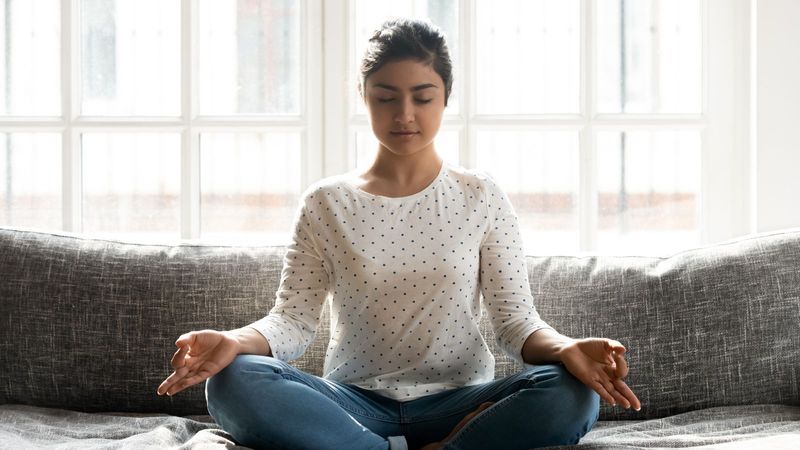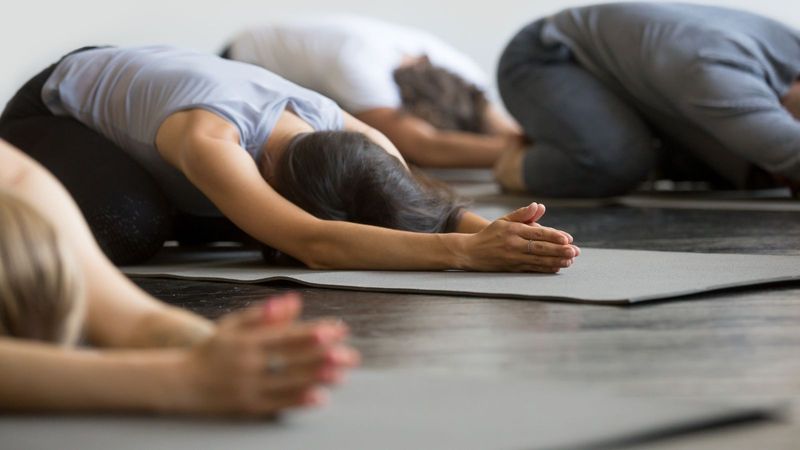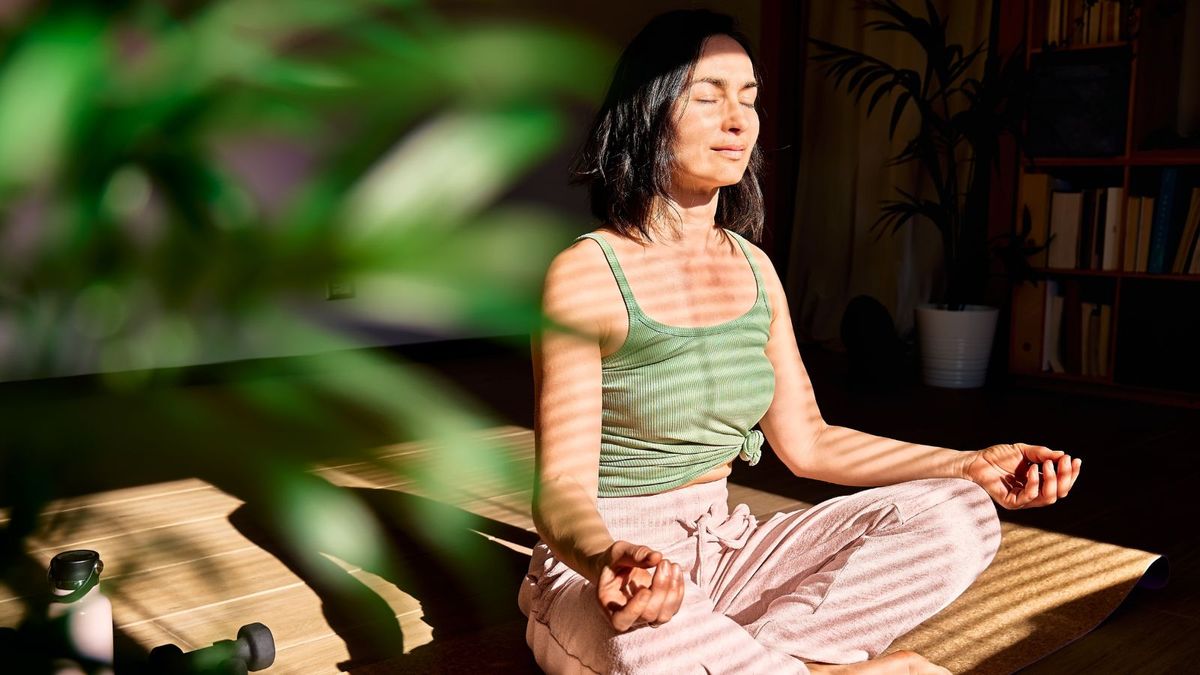Stress has become an unavoidable component of daily life for many in today's fast-moving world. From work deadlines to personal responsibilities, the pressures of modern living can take a toll on both our physical and mental well-being. However, amidst the chaos, there lies a serene path to inner calm – yoga. With its ancient roots and modern applications, yoga offers a holistic approach to stress management, providing techniques of stress management through yoga, about the best poses that deliver a plethora of benefits of yoga in stress management that help individuals find tranquillity amidst life's storms.
Understanding stress and its impact on health

Before delving into yoga's role in stress management, it's crucial to comprehend the nature of stress and its impacts on the mind and body. Stress, whether from external pressures or internal anxieties, triggers physiological responses in the body, including increased heart rate, elevated blood pressure, and heightened cortisol levels. Over time, chronic stress can lead to a myriad of health issues, including anxiety, depression, insomnia, and even cardiovascular diseases.
Stress management through yoga: Tapping into your inner peace
Yoga, originating in ancient India, is more than just a physical exercise; it's a lifestyle that encompasses physical postures (asanas), breathing techniques (pranayama), meditation, and ethical principles. Through the integration of these practices, yoga offers a holistic approach to achieving balance and harmony within oneself, making it an effective tool for stress management.
Benefits of yoga for stress management

The benefits of yoga for stress management extend beyond the physical realm, encompassing mental, emotional, and spiritual well-being. Some of the key benefits include:
- Stress reduction: Yoga promotes relaxation and activates the body's parasympathetic nervous system, reducing stress hormones and inducing a state of calm.
- Increased resilience: Through regular practice, individuals develop greater resilience to stressors, cultivating the ability to respond to challenges with equanimity and composure.
- Enhanced self-awareness: Yoga encourages introspection and self-reflection, allowing individuals to identify sources of stress and develop healthier coping mechanisms.
- Improved emotional regulation: By cultivating mindfulness and presence, yoga helps individuals regulate emotions and respond to stressful situations with clarity and compassion.
- Stronger connection between mind and body: Yoga promotes holistic well-being and inner harmony by fostering a deeper connection between the body, mind, and breath, resulting in a greater mind-body connection.
Here are some techniques for stress relief
1. Deep breathing or Pranayama
One of the most accessible and effective techniques for stress relief is deep breathing or pranayama. By focusing on slow, deep breaths, individuals can activate the body's relaxation response, calming the nervous system and reducing stress levels. Techniques such as diaphragmatic breathing, alternate nostril breathing, and ujjayi breath help cultivate mindfulness and promote a sense of inner peace.
2. Mindfulness meditation
Mindfulness meditation, often incorporated into yoga practice, involves directing attention to the present moment without judgement. By observing thoughts, emotions, and sensations as they arise, individuals can develop greater self-awareness and cultivate a sense of inner calm amidst external stressors. Regular meditation practice has been shown to reduce stress, anxiety, and symptoms of depression while enhancing overall well-being.
3. Progressive muscle relaxation
Progressive muscle relaxation is a relaxation technique that involves tensing and releasing specific muscle groups to alleviate physical tension and promote relaxation. By systematically tensing and relaxing muscles from head to toe, individuals can release accumulated stress and achieve a profound state of relaxation. This practice can be particularly beneficial for those experiencing muscular tension or stiffness due to stress.
Here are some poses in yoga to reduce stress and anxiety
1. Child's pose or Balasana

Child's Pose is a gentle yoga posture that promotes relaxation and releases tension in the back, shoulders, and hips. By surrendering to gravity and resting the forehead on the mat, individuals can experience a sense of surrender and peace, allowing this asana from yoga to reduce stress and anxiety.
2. Standing Forward Fold or Uttanasana

Standing Forward Fold elongates the spine, stretches the hamstrings, and calms the mind. By folding forward with a relaxed neck and shoulders, individuals can release physical and mental tension while promoting blood flow to the brain, leading to a sense of clarity and peace.
3. Corpse Pose or Savasana

Corpse Pose is a final relaxation posture typically practised at the end of yoga to reduce stress and anxiety. By lying flat on the back with arms and legs extended, individuals can fully surrender to relaxation, allowing the body and mind to integrate the benefits of the practice. Savasana aids in achieving a profound state of calmness, diminishes tension, and readies the body for contemplation.




